The Rift Read online
Page 15
At least it wasn’t a gated community like Senator’s Club in North Carolina. That had been a pain in the ass. But this openness of the former farmland turned development didn’t thrill her. Lots of fields of fire for the bad guys, if there were any bad guys out there who wanted to shoot at her. Scout’s house was on a dead-end street, and Moms felt naked driving along the road, exposed to the entire area and the high ground across the river.
She was wearing a smart business suit for the moment, part of Nightstalker Lite. And something they’d included in their gear after having to improvise in Senators Club. She walked up to the door and pressed the small button. A chime sounded, loud enough she heard it through the door, some classical notes she couldn’t place but was sure Eagle could. A bit much for a doorbell, she thought. Then again, living in shotgun shack, the sheriff damn near broke your door in just knocking on it. A doorbell was a luxury that was pretty low on the priority list where Moms grew up. And visitors usually wanted something, like the title to the land.
The door swung open and a man wearing a sweater stood there, reading glasses perched on his nose. “Yes? Can I help you?”
“Hello,” Moms said, taking a step forward. Lite didn’t have to mean slow.
“What—” the man began, but Moms slapped him on the side of the neck, short needle hidden between two fingers, and then caught him as he collapsed. She laid him out and then switched out the needle for a fresh one.
“Who is it, dear?” a woman’s voice echoed from somewhere inside the house.
The acoustics were terrible and Moms wondered why three people needed such a big house. Of course, it was smaller than Scout’s house in Senator’s Club, which they’d commandeered for their base of operations.
Moms waited and then heard footsteps.
“Dear?” The voice was already tinged with fear and Moms wondered how such a woman gave birth to Scout. She already didn’t like her from the little Scout had said about her. Moms immediately felt a rush of guilt for even thinking that and knew there were deeper—
A rail-thin woman came around one of the many corridors branching off the foyer and Moms strode forward.
“Who are—” the woman began; then she ducked as Moms slapped at her with the needle. Give her some points for speed.
Scout’s mother darted right, racing down a hallway.
“Frak,” Moms muttered as she took chase.
“Greer!” Scout’s mother screamed. “Get out! There’s a crazy woman here!”
Moms raced after the voice, noting out of the corner of her eye that the alarm had been triggered.
Which meant nothing since Ms. Jones already had this area isolated electronically.
Okay, Moms was beginning to get where parts of Scout came from as she turned another corner into the kitchen and Scout’s mother swung a butcher knife at her. Moms sidestepped, avoiding being sliced open.
It was close. Too close.
Then Moms pivoted, sensing someone behind her. Scout was standing there, an ax in her hands, ready to strike; then recognition flooded her face. “Moms?”
Moms jumped back again as Scout’s mother jabbed, almost gutting her. But this opened her up to a strike, and Moms slapped the needle on the back of her neck and caught her, lowering her gently to the tile floor.
She wasn’t heavy.
“What the hell?” Scout demanded.
“Sorry,” Moms said as she pulled out her phone. “We’ve got two for delivery and seclusion,” she called in. She turned the phone off. “We didn’t have time to be subtle. They’ll be fine. We’re just getting them out of the line of fire.”
“Same thing you did to me at Senator’s Club?”
“Yes.”
“That wasn’t nice.”
“It was necessary.”
“Right,” Scout said. “You guys couldn’t call? Just show up and knock my parents out?”
“Sorry,” Moms said. “We just got the message.”
“Took you long enough. But call next time. I can get out of the house and meet you. Whatever.” She sighed and looked down at her mother. “She was due for a little rehab soon anyway. The move really stressed her out. Her last rehab trip was a while ago. And Dad needs a break. He’s been working too hard. As usual. I guess you’re doing them a favor.”
Moms looked at the laptop on the kitchen counter. A boat was flickering on the display. She glanced at Scout.
“My dad wants a boat,” Scout explained. “Actually, he’s been wanting one for years, but now we have a dock, so he might actually get one, but I doubt it. I think not allowing himself one seems to make him feel better than having one would. At least that’s what Doc would say, right?”
Moms stared at Scout, with her calm acceptance of the situation and her accurate evaluation of her father.
Scout looked past Moms. “Where’s Nada? The rest of the team?”
“En route,” Moms said. “Anyone else in the house?”
“No.”
“Who is this Greer your mother was warning?”
“Me.”
“Oh.” Moms indicated a chair. “Tell me what’s been going on.”
Most people don’t realize you can get from Knoxville to the Atlantic Ocean by boat. And those who do realize it think in traditional terms: the Tennessee River, traversing all the dam locks, to Paducah where it joins the Ohio River, to Cairo (Illinois, not Egypt), where the Ohio joins the Mississippi and then down to the Gulf of Mexico and onward.
But starting in 1972 and completed in 1984, the Tennessee-Tombigbee (Tenn-Tom) Waterway connects the Tennessee River to the Black Warrior-Tombigbee River system and then on to the Gulf of Mexico. It is still the largest earth-moving project in world history and few have ever heard of it, and fewer even focus on it, including federal law enforcement. This is just fine for a certain Mexican cartel, which began to use the waterway as a route to ship its various products into the center of the United States, avoiding the traditional drug corridors.
The Tenn-Tom is either a success (according to its supporters) or a failure (according to tonnage shipped, one-quarter of what had been estimated), but for the cartel, it was a blessing. Using a small fleet of luxury yachts, specially modified with hidden compartments, powerful engines to outrace ships at sea, and special armor plating secreted on board to battle off boarding on waterways (the cartel feared its competition more than the Feds), the cartel was enjoying two decades of safe travels, spreading its boats up the Tennessee, the Ohio, and the Mississippi along with its product.
The Splendor was a Bahamian-flagged fifty-six-foot yacht. Capable of carrying two tons of product and fourteen battle-hardened crewmembers. It had a helicopter on the rear deck underneath a tarp, a last-ditch escape device.
And zero women in bikinis.
It was the latter that was the oversight. Splendor had come up the Tenn-Tom, into the Tennessee River, up through the locks to Knoxville and off-loaded its cargo, all on schedule and according to plan. But now, giving in to the needs of the crew, the captain had the armored yacht anchored in a cove on the north side of the river while they took the two skiffs to a local marina, where they took limousines for a night on the town.
A successful mission deserved a reward.
There was one man left on board for guard duty.
Except as Nada would have told them, it ain’t over until the fat lady sings, or in this case, the boat is back home.
The one thing Ms. Jones had over Hannah was the ability to bring in the thunder and lightning. The Cellar always operated on the down low. The Nightstalkers often tried that approach, aka Moms going to Scout’s house, but when in doubt, they brought in the sledgehammer.
Elements of that hammer were now arriving in Knoxville
First in was an AC-130, which could be considered lightning. Based on the venerable C-130 Hercules airframe, the Spectre gun
ship was designed to rain hell down from the sky. Along the left side of the plane were a 40-mm Gatling gun, a 25-mm Gatling gun, and a 105-mm breech-loading howitzer. Crews boasted they could put a round in every square inch of a football field in five seconds. They’d backed up that boast on battlefields ranging from Vietnam to Grenada, Bosnia, Iraq, Afghanistan, and several other lesser-known conflicts.
It wasn’t coincidence that the plane was the first to arrive. Spectre had been alerted earlier in the day out of Hurlburt Field in Florida by Ms. Jones as potential support for Neeley’s mission. Just in case. The reality was that Ms. Jones had scrambled the plane and other resources on the chance that Neeley didn’t succeed, which was likely, in her opinion.
She hadn’t, but in doing so they’d lost track of Burns, so the plane had refueled in the air and then spent time circling around over middle Tennessee, awaiting orders.
A half hour later, as darkness had completely settled over Knoxville and the vicinity, more support came flying in.
First, four Apache helicopters, loaded with live munitions, out of Fort Knox.
Then a C-130 full of Rangers from Hunter Army Airfield outside of Savannah, Georgia, in case the team needed the elite infantry and to provide security at the FOB. And then, as they had done last year in North Carolina, on board a lumbering C-5 cargo plane was a pair of M777, 155-mm howitzers. Packed along with their crews were a couple of pallets of M982 Excalibur GPS-guided munitions. These were laser-guided rounds, allowing for pinpoint accuracy, especially useful when firing around civilian communities. With a range of twenty-five miles, the big guns covered a lot of ground from the airstrip, from the foothills of the Smokies to the south to north of Knoxville and a good stretch of the Tennessee River east and west. As soon as they were unloaded, they were emplaced in a low field behind the hangar, out of sight of the civilian terminal, and readied for fire missions. Rangers were patrolling the perimeter, and the road that ran around the back side of the airfield had been closed off due to a “water main break.”
There was Nightstalker Lite and Nightstalker Heavy, and then there was the FPF: Final Protective Fire. It’s a military term. For a firebase, this is where supporting artillery fire would be called in almost on top of the friendlies (and sometimes on top of them) in order to prevent it from being overrun. It was something that was only used as a last resort.
For the Nightstalkers, charged with saving humanity from an array of threats, their on-call FPF lumbered into the air from Minot Air Force Base in North Dakota. The venerable B-52 was carrying pods of AGM-129A cruise missiles on each wing, a total of twelve warheads. Ten of the warheads were conventional; two were nuclear.
Every time the Nightstalkers were alerted, a B-52 with this payload was scrambled.
They’d used the conventional cruise missiles in the past.
They had yet to use the nuclear warheads.
After the Pinnacle fiasco of the past year, the crews on this mission had been vetted by the Cellar. They would launch if Moms sent the correct order.
The B-52 rose up and turned to the southeast to go on station, drilling a hole in the sky over the vicinity of the Nightstalkers at a much higher altitude than the Spectre, waiting until needed or the mission was over and they could return home.
Most of the remaining Nightstalkers skipped the airfield and drive over entirely in the name of expediency.
Plus, they were just too damn cool to actually land with an airplane at an airfield. That was for civilians and the lesser Gods of Earth.
And Nada was racing toward the air-field in the backseat of the only F-22B Raptor ever produced. Every other Raptor in the inventory was an F-22A single-seater, coming in at $412 million per jet, which seemed a bit ludicrous to Nada, when some lunkhead pilot could put one into the side of a mountain with the wrong twitch of the controls. But the 22B had been designed as a two-seat training version, the line dropped after only one test model produced, during budget cuts. Nada shuddered to think what this one cost. The U.S. had probably sent men to the moon for less. The craft was stationed at Edwards Air Force, and Ms. Jones had requisitioned it to race into LAX, pick up Nada, and then roar east at over Mach 2.
Closer at hand to the problem, Roland, Kirk, Mac, and Eagle were already dirty and in full gear, so they simply got on the C-130 cargo plane Ms. Jones commandeered for them from Pope Air Force Base, which picked them at the airstrip at Mackall. They rigged in flight, also putting together several pods of gear—since they didn’t have the boxes from the Snake—that they might possibly need. Mac, as always, went heavy on the explosives taken from the 18 Charlie (engineer) committee. Kirk made sure he had adequate commo for the entire team from the 18 Echo (communications) committee. Eagle pouted, because he didn’t have his beloved Snake and he hated someone else flying him.
Back at Camp Mackall, Sergeant Twackhammer pouted because they were flying off with a lot of the gear he needed to train new Green Berets.
And Roland went with two full pods of assorted weapons appropriated from the 18 Bravo (weapons) committee, including flamethrowers, just in case they did run into Fireflies. As the 130 made its final approach turn for the drop zone, Roland did one last check of the pods to make sure the drogue chutes were rigged correctly, and then he manhandled all the pods into line, hooking their chutes to the static line that ran from the front of the cargo bay into the tail section.
The loadmaster waved his hands and shouted, “Three minutes!”
The rear of the C-130 opened, with the ramp leveling out and the top portion disappearing into the upper tail section. Lights from houses, cars, and streetlights were clearly visible to the rear, bouncing around as the plane twisted and turned.
Roland hooked up behind everyone else and the pods. The other three hooked up in front of the pods, closer to the edge of the ramp.
They were five hundred feet above ground level, and through their night vision goggles, they could see rolling, wooded terrain below. Passing by to the south was a large cluster of lights: Maryville and Alcoa, two adjoining towns south of Knoxville.
They flashed over a section of lake/river as the loadmaster signaled one minute.
It was going to be tight because they (Roland actually) had to push all the bundles and themselves out along a bend in the river. The pilot had promised to bank hard and follow the river as best as possible, but the banking itself could be a problem.
What they didn’t want was Roland to land on someone’s roof.
As jumpmaster, Mac knelt down and grabbed the hydraulic arm on the right side of the open ramp. He had a main parachute on his back but no reserve. They were jumping so low that if the main didn’t deploy, there wasn’t time for a reserve. He peered forward through his night vision goggles. He spotted the blinking infrared strobe ahead and to the right, around a bend in the river.
They were on target.
Mac stood and secured his night vision goggles in a waterproof case. He stared up into the tail, at the glowing red light. The moment it turned green he shouted, “Follow me” and stepped off the ramp.
The C-130 was slewing, following the curve in the Tennessee River around Keller Bend on the north side of the river. Eagle and Kirk followed Mac as quickly as they could move, falling off the ramp. Their static lines played out, pulling the deployment bags on their chutes out, and then the chutes themselves snapped open, all within five seconds.
Which was fortunate, because they had another eight seconds before hitting the water even with open chutes.
On the C-130, Roland shoved the bundles, sending them tumbling. He staggered and almost fell as the C-130 abruptly angled to the right as the pilots turned to follow the river around Jackson Bend on the south side of the river. One of the bundles, filled with weapons, got caught up under the hydraulic arm, and Roland was damned if he was going without his toys.
“Go! Go!” the crew chief was shouting, unusually excited f
or some reason.
Roland grabbed the bundle, pulled it loose, and tossed it out.
Then he was tossed out of the airplane himself as the pilots abruptly pulled back on their yokes, angling the nose of the plane almost straight up.
Roland found out the reason five seconds later as his chute finished deploying and he checked canopy, as per Protocol, and then looked down to get oriented and saw the high power lines directly below him. Lines that the aircraft had just barely cleared. He grabbed toggles and tried to turn, but it was too late.
He expertly passed between two high-tension lines and then his chute got caught in them. Roland came to an abrupt halt, dangling eighty feet above the river with high voltage racing across the lines above his head.
The only thing keeping him from being fried was that he hadn’t completed the circuit with either the river or the ground.
That was about the only good news for him.
For the others, they had softer landings than a normal land jump, which was the good part of a water jump.
The bad part of a water jump was the water. Mac, Kirk, and Eagle splashed down, went under, then bobbed to the surface as their chutes came down on top of them, turning the dark night almost completely black.
They had a couple of minutes before the chutes became waterlogged and sank—with them inside. So each one did as they’d been trained. Reached up, found a line, and followed it out to the edge of the chute and clear air. Then they unbuckled and pushed the parachute away, slipped on the fins tied off to their sides, and began, well, finning.
The F-22B Raptor touched down with a scorch of black rubber, expensive rubber, since the government bought “special tires” for the “special” plane, and given the price, they were probably leaving at least a few Gs worth of rubber, Nada estimated, on the Knoxville Airport tarmac. Nada was relieved the pilot actually came to a halt next to the Blackhawk helicopter. He’d been envisioning having to do a tuck and roll, jumping from a moving plane, as fast as they’d been flying across the country.

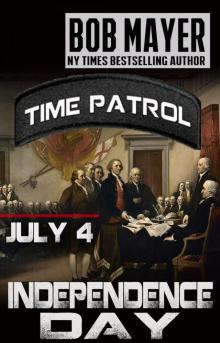 Independence Day
Independence Day Invasion
Invasion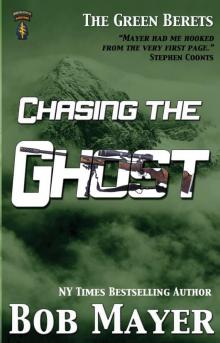 Chasing the Ghost
Chasing the Ghost Hallows Eve
Hallows Eve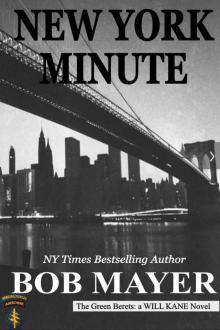 New York Minute
New York Minute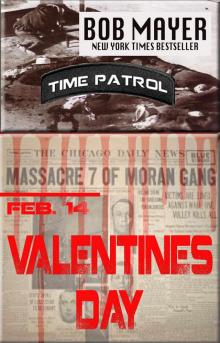 Valentines Day
Valentines Day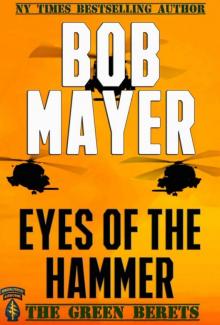 Eyes of the Hammer
Eyes of the Hammer Walk on the Wild Side
Walk on the Wild Side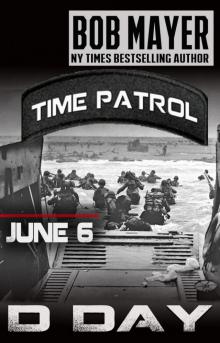 D-Day
D-Day Lawyers, Guns and Money
Lawyers, Guns and Money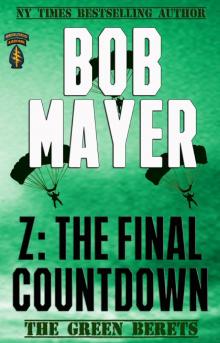 Z: The Final Countdown
Z: The Final Countdown Redemption: Area 51, #10
Redemption: Area 51, #10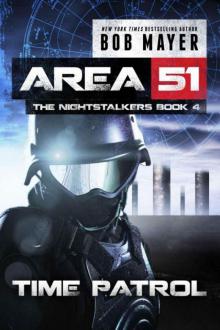 Time Patrol
Time Patrol Interstellar
Interstellar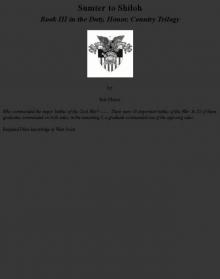 Sumter to Shiloh
Sumter to Shiloh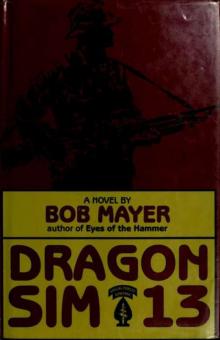 Dragon Sim-13
Dragon Sim-13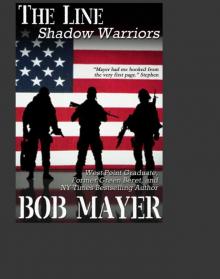 The Line
The Line Omega Missile (Shadow Warriors)
Omega Missile (Shadow Warriors)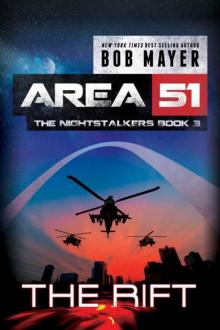 The Rift
The Rift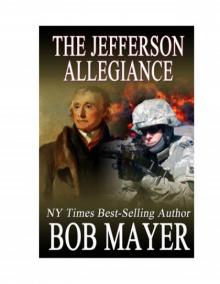 The Jefferson Allegiance
The Jefferson Allegiance Project Aura
Project Aura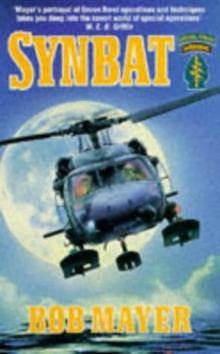 Synbat
Synbat Ides of March (Time Patrol)
Ides of March (Time Patrol)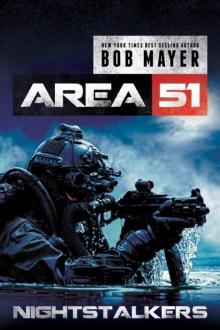 Nightstalkers a5-10
Nightstalkers a5-10 Lost Girls tc-2
Lost Girls tc-2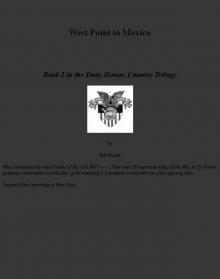 West Point to Mexico
West Point to Mexico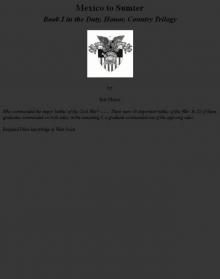 Mexico to Sumter
Mexico to Sumter Area 51_Invasion
Area 51_Invasion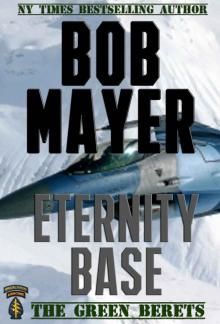 Eternity Base
Eternity Base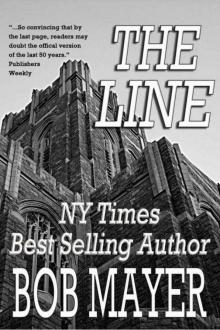 The Line bo-2
The Line bo-2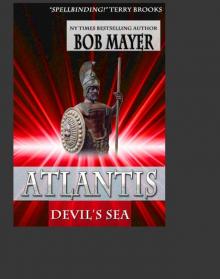 Atlantis Gate
Atlantis Gate I, Judas
I, Judas Area 51_Redemption
Area 51_Redemption Bodyguard of Lies
Bodyguard of Lies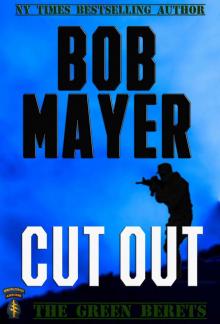 Cut Out
Cut Out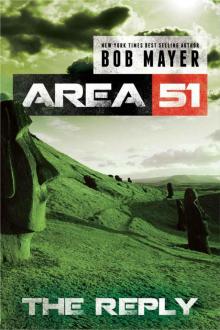 The Reply (Area 51 Series Book 2)
The Reply (Area 51 Series Book 2)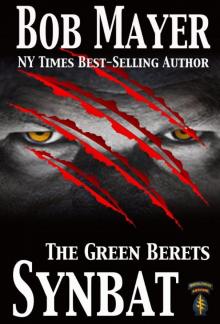 Synbat tgb-3
Synbat tgb-3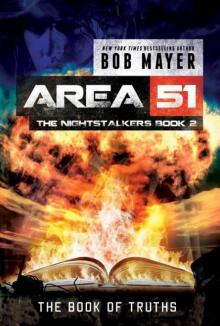 The Book of Truths a5tn-2
The Book of Truths a5tn-2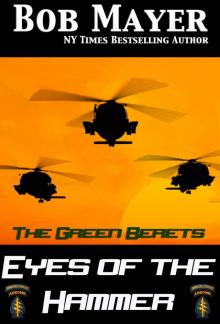 Eyes of the Hammer (The Green Beret Series)
Eyes of the Hammer (The Green Beret Series)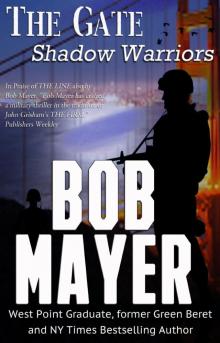 The Gate
The Gate The Gate bo-1
The Gate bo-1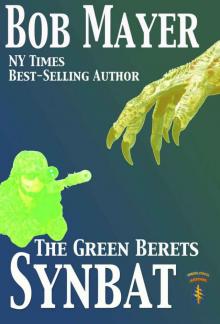 Synbat v5
Synbat v5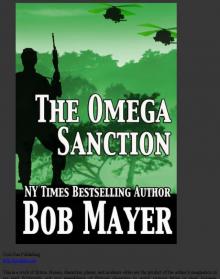 Omega Sanction
Omega Sanction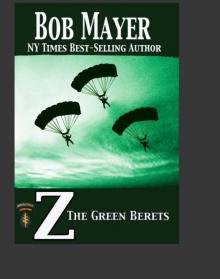 Z
Z Chasing the Son
Chasing the Son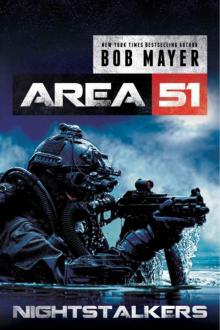 Nightstalkers
Nightstalkers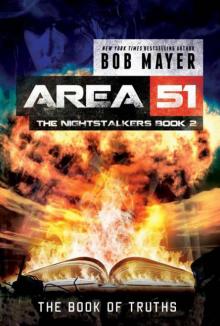 The Book of Truths
The Book of Truths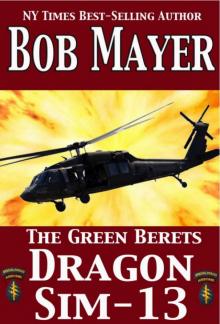 Dragon Sim-13 tgb-2
Dragon Sim-13 tgb-2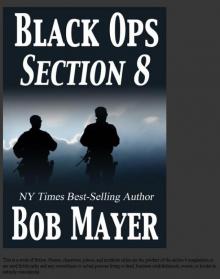 Section 8
Section 8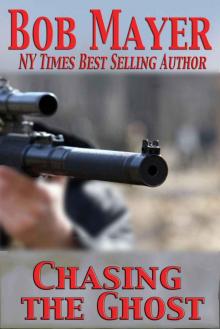 Chasing the Ghost v5
Chasing the Ghost v5 Psychic Warrior
Psychic Warrior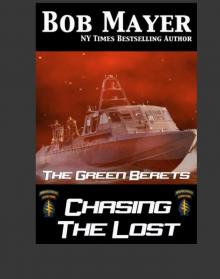 Chasing the Lost
Chasing the Lost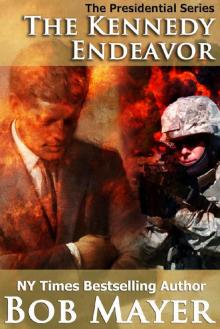 The Kennedy Endeavor (Presidential Series Book 2)
The Kennedy Endeavor (Presidential Series Book 2)